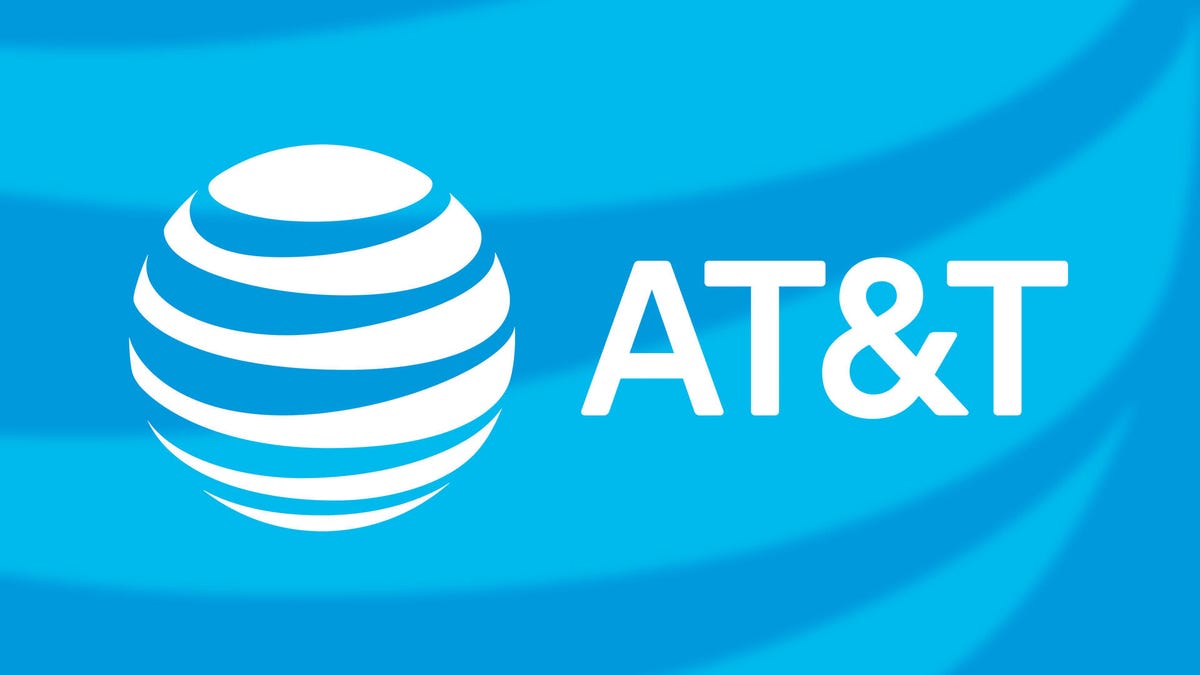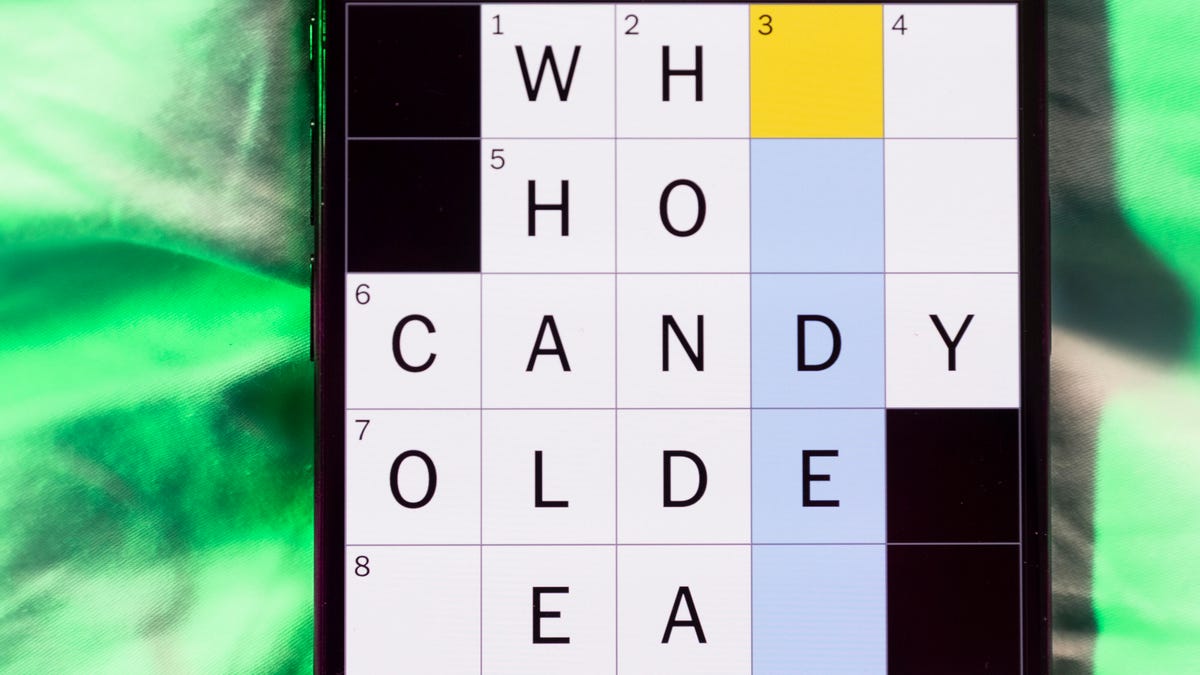Technologies
School Mask Mandates: Only 2 US States Still Require Masks in the Classroom
And with Washington ending school masking on March 21, there’s just one holdout without a projected end date.

With school mask mandates expiring in California and Oregon last week, Hawaii remains the only state in the union to still require face coverings in the classroom to mitigate the spread of COVID-19.
Hawaii only recently announced its mask requirement in indoor venues — bars, restaurants, movie theaters and the like — will end on March 25.
«It’s taken the entire community to get to this point — with lowered case counts and hospitalizations,» Hawaii Gov. David Inge tweeted on March 8. «We’re also better at treating people who are infected, have boosters, & the CDC rates our COVID19 community level ‘low.'»
Read on to learn more about mask requirements, how guidance from the Centers for Disease Control and Prevention has shifted and more.
Which states have school masking requirements?
Only Washington state and Hawaii still require students, staff and visitors to wear face masks in public schools.
Washington, DC, officially ended its school mask mandate on March 8.
California schools no longer require masks as of March 11 — the same day that Oregon‘s mask mandate expired. Individual California school districts can now determine their own guidelines: San Diego Unified, for example, announced that masks will be required until April 4.
Washington Gov. Jay Inslee has said that school masking requirements will expire on March 21, along with the public masking mandate.
Hawaii is now the only state without a projected end date for school mask requirements, although officials lifted an outdoor mask mandate on school campuses last week.
Which states still require masks indoors?
Indoor masking requirements in Washington and Oregon expired on March 11. Hawaii‘s mask mandate for indoor settings will end on March 25.
Connecticut still maintains an indoor mask requirement for unvaccinated residents.
What are the CDC’s mask recommendations?
The CDC updated its mask recommendations in early March: While it still recommends people in areas with high levels of COVID-19 transmission wear masks indoors, it’s taking a more «holistic» approach that evaluates new infections and hospitalizations, as well as ICU bed occupancy rates.
You can look up your own county’s community COVID level with the CDC’s COVID-19 County Check tool.
The CDC has said that people outdoors generally do not need to wear masks, regardless of community COVID level, unless they are in extended close contact with other people.
What is the federal mask mandate?
The US national mask mandate requires those traveling by train, bus, airplane or other public transportation to wear masks while doing so. The rules went into effect with an executive order from President Joe Biden in January 2021. The mandate was originally supposed to expire on Jan. 18, 2022 — it was extended to March 18 during the omicron surge and now has been extended again to April 18.
In a joint statement with the Transportation Security Administration, the CDC announced that it would use the next month to «work with government agencies to help inform a revised policy framework for when, and under what circumstances, masks should be required in the public transportation corridor.»
What is the World Health Organization’s position on masks?
The World Health Organization’s current guidance is that wearing a well-fitting mask that covers the nose and mouth is recommended indoors in areas with poor ventilation or where social distancing cannot be maintained, «irrespective of vaccination status or history of prior infection.»
The information contained in this article is for educational and informational purposes only and is not intended as health or medical advice. Always consult a physician or other qualified health provider regarding any questions you may have about a medical condition or health objectives.
Technologies
This Massive AT&T Data Breach Settlement Could Pay $5K to Some: Find Out if You’re Eligible
Claims will open later in the summer for the settlement AT&T is paying to resolve two major data breaches.

It’s a tough time for AT&T — especially with the recent conference call troubles for Donald Trump — but their struggles could be your gain thanks to the $177 million settlement it’s agreed to pay to customers that fell victim to data breaches in 2019 and 2024.
On Friday, June 20, US District Judge Ada Brown granted preliminary approval to the terms of a proposed settlement from AT&T that would resolve two lawsuits related to the data breaches. The current settlement would see AT&T pay $177 million to customers adversely affected by at least one of the two data breaches.
The settlement will prioritize larger payments to customers who suffered damages that are «fairly traceable» to the data leaks. It will also provide bigger payments to those affected by the larger of the two leaks, which began in 2019. While the company is working toward a settlement, it has continued to deny that it was «responsible for these criminal acts.»
For all the details we have about the settlement right now, keep reading, and for more info about other recent settlements, find out how to claim Apple’s Siri privacy settlement and see if you’re eligible for 23andMe’s privacy breach settlement.
What happened with these AT&T data breaches?
AT&T confirmed the two data breaches last year, announcing an investigation into the first in March before confirming it in May and confirming the second in July.
The first of the confirmed breaches began in 2019. The company revealed that about 7.6 million current and 65.4 million former account holders had their data exposed to hackers, including names, Social Security numbers and dates of birth. The company began investigating the situation last year after it reported that customer data had appeared on the dark web.
The second breach began in April of 2024, when a hacker broke into AT&T cloud storage provider Snowflake and accessed 2022 call and text records for almost all of the company’s US customers, about 109 million in all. The company stressed that no names were attached to the stolen data. Two individuals were arrested in connection with the breach.
Both of these incidents sparked a wave of class action lawsuits alleging corporate neglect on the part of AT&T in failing to sufficiently protect its customers.
Who is eligible to file a claim for the AT&T data breach settlement?
As of now, we know that the settlement will pay out to any current or former AT&T customer whose data was accessed in one of these data breaches, with higher payments reserved for those who can provide documented proof that they suffered damages directly resulting from their data being stolen.
If you’re eligible, you should receive a notice about it, either by email or a physical letter in the mail, sometime in the coming months. The company expects that the claims process will begin on Aug. 4, 2025.
How much will the AT&T data breach payments be?
You’ll have to «reasonably» prove damages caused by these data breaches to be eligible for the highest and most prioritized payouts. For the 2019 breach, those claimants can receive up to $5,000. For the Snowflake breach in 2024, the max payout will be $2,500. It’s not clear at this time how the company might be handling customers who’ve been affected by both breaches.
AT&T will focus on making those payments first, and whatever’s left of the $177 million settlement total will be disbursed to anyone whose data was accessed, even without proof of damages. Because these payouts depend on how many people get the higher amounts first, we can’t say definitively how much they will be.
When could I get paid from the AT&T data breach settlement?
AT&T expects that payments will start to go out sometime in early 2026. Exact dates aren’t available but the recent court order approving the settlement lists a notification schedule of Aug. 4, to Oct. 17, 2025.
The deadline for submitting a claim is currently set at Nov. 18, 2025. The final approval of the settlement needs to be given at a Dec. 3, 2025, court hearing for payments to begin.
Stay tuned to this piece in the coming months to get all the new details as they emerge.
For more money help, check out CNET’s daily tariff price impact tracker.
Technologies
Today’s NYT Mini Crossword Answers for Saturday, July 12
Here are the answers for The New York Times Mini Crossword for July 12.

Looking for the most recent Mini Crossword answer? Click here for today’s Mini Crossword hints, as well as our daily answers and hints for The New York Times Wordle, Strands, Connections and Connections: Sports Edition puzzles.
Need some help with today’s Mini Crossword? It’s one of those long Saturday puzzles, and a few clues are tricky. Read on for the answers. And if you could use some hints and guidance for daily solving, check out our Mini Crossword tips.
The Mini Crossword is just one of many games in the Times’ games collection. If you’re looking for today’s Wordle, Connections, Connections: Sports Edition and Strands answers, you can visit CNET’s NYT puzzle hints page.
Read more: Tips and Tricks for Solving The New York Times Mini Crossword
Let’s get to those Mini Crossword clues and answers.
Mini across clues and answers
1A clue: Havana’s home
Answer: CUBA
5A clue: Last word in many bowling alley names
Answer: LANES
6A clue: Lots and lots
Answer: SOMUCH
7A clue: Left-leaning social media site
Answer: BLUESKY
8A clue: Hepburn of «Breakfast at Tiffany’s»
Answer: AUDREY
9A clue: Word after «break» or «banana»
Answer: BREAD
10A clue: Car loan figs.
Answer: APRS
Mini down clues and answers
1D clue: They always shoot their shot
Answer: CAMERAS
2D clue: Brand-new
Answer: UNUSED
3D clue: Woman with «the good hair,» in a famous Beyoncé lyric
Answer: BECKY
4D clue: In need of moisturizer
Answer: ASHY
5D clue: «We can’t hear you back here!»
Answer: LOUDER
6D clue: Drink noisily
Answer: SLURP
7D clue: ___ ghanouj
Answer: BABA
Technologies
Today’s NYT Connections: Sports Edition Hints and Answers for July 12, #292
Here are hints and the answers for the NYT Connections: Sports Edition puzzle for July 12, No. 292

Looking for the most recent regular Connections answers? Click here for today’s Connections hints, as well as our daily answers and hints for The New York Times Mini Crossword, Wordle and Strands puzzles.
Today’s Connections: Sports Edition has one of those classic purple categories, where you probably won’t figure it out before you’ve answered all the others. Need help? Read on for hints and the answers.
Connections: Sports Edition is out of beta now, making its debut on Super Bowl Sunday, Feb. 9. That’s a sign that the game has earned enough loyal players that The Athletic, the subscription-based sports journalism site owned by the Times, will continue to publish it. It doesn’t show up in the NYT Games app but now appears in The Athletic’s own app. Or you can continue to play it free online.
Read more: NYT Connections: Sports Edition Puzzle Comes Out of Beta
Hints for today’s Connections: Sports Edition groups
Here are four hints for the groupings in today’s Connections: Sports Edition puzzle, ranked from the easiest yellow group to the tough (and sometimes bizarre) purple group.
Yellow group hint: Show Me State.
Green group hint: Old Line State.
Blue group hint: Gridiron greats.
Purple group hint: Names begins with a certain creature.
Answers for today’s Connections: Sports Edition groups
Yellow group: Missouri teams.
Green group: Maryland teams.
Blue group: Hall of Fame football coaches.
Purple group: Sports people or terms starting with an animal.
Read more: Wordle Cheat Sheet: Here Are the Most Popular Letters Used in English Words
What are today’s Connections: Sports Edition answers?
The yellow words in today’s Connections
The theme is Missouri teams. The four answers are Blues, Cardinals, Chiefs and Royals.
The green words in today’s Connections
The theme is Maryland teams. The four answers are Maryland, Navy, Orioles and Ravens.
The blue words in today’s Connections
The theme is Hall of Fame football coaches. The four answers are Levy, Madden, Noll, and Shula.
The purple words in today’s Connections
The theme is sports people or terms starting with an animal. The four answers are batter, Catchings, Cowherd and dogleg.
-

 Technologies2 года ago
Technologies2 года agoTech Companies Need to Be Held Accountable for Security, Experts Say
-

 Technologies2 года ago
Technologies2 года agoBest Handheld Game Console in 2023
-

 Technologies2 года ago
Technologies2 года agoTighten Up Your VR Game With the Best Head Straps for Quest 2
-

 Technologies4 года ago
Technologies4 года agoVerum, Wickr and Threema: next generation secured messengers
-

 Technologies4 года ago
Technologies4 года agoGoogle to require vaccinations as Silicon Valley rethinks return-to-office policies
-

 Technologies4 года ago
Technologies4 года agoBlack Friday 2021: The best deals on TVs, headphones, kitchenware, and more
-

 Technologies4 года ago
Technologies4 года agoOlivia Harlan Dekker for Verum Messenger
-

 Technologies4 года ago
Technologies4 года agoiPhone 13 event: How to watch Apple’s big announcement tomorrow
